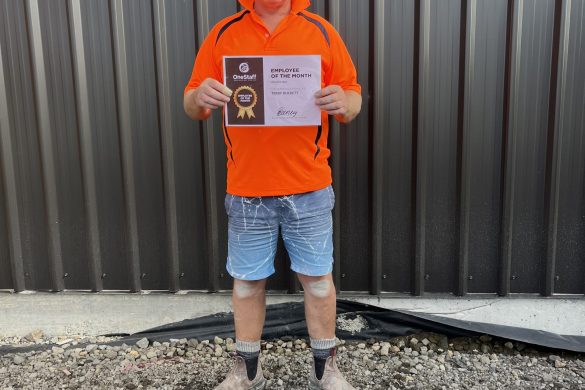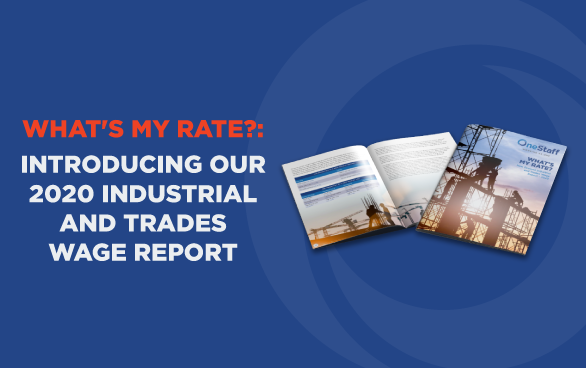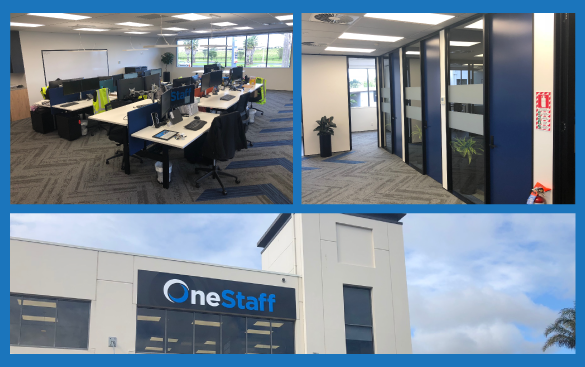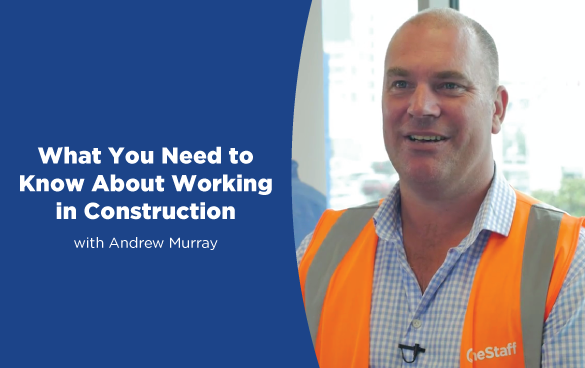As you may already know, reformed health and safety regulations are coming into effect on the 4th of April. These new regulations are part of the government’s longer term “Working Safer” health and safety blueprint, a plan put in place after the Pike River Coal Mine Tragedy to ensure such an incident never happens again.
As shown in our recent ‘New Zealand Health & Safety By the Numbers’ infographic, our health and safety record here in New Zealand probably isn’t at the standard that we would want or expect it to be; with dozens of deaths and thousands of serious injuries at work per year. ‘Working Safer: a blueprint for health and safety at work’ aims to reduce the workplace injury and death toll by 25 per cent by 2020.
Three Main Parties
Officers:
Under the new law, “Officers” will include company directors and anybody else who has significant influence on the business. Officers have an obligation to do their due diligence and ensure the PCBU complies with their obligations in establishing a safe work environment.
The major difference from the existing law is that there is more onus on the company directors and influencers to get involved, and ensure that businesses are following proper health and safety procedures.
Person Conducting a Business or Undertaking (PCBU):
Despite its name, a PCBU will usually be a business entity, such as a company, rather than an individual person. A person might be a PCBU if they are a sole trader or a self-employed person.
PCBUs have a responsibility to its workers and those that it influences in the workplace. PCBUs have a duty to engage with workers and exercise effective worker participation practices regarding health and safety.
Workers:
A worker is anybody carrying out work in any capacity for a PCBU. This includes employees, contractors, subcontractors, employees of contractors or subcontractors, and employees of a labour hire company who has been assigned to work for a PCBU.
The term worker is used very broadly to ensure that it includes all the various relationships that can exist in the workplace. While the PCBU must do what they can to ensure worker safety, at the end of the day, each individuals safety still comes down to them.
Employee Participation
Under the new legislation there is a large focus on employee participation, and it is the PCBUs duty to make sure workers are consulted about health and safety matters, such as the adequacy of current facilities. All companies operating in a high risk industry or have more than 20 staff members are required to have a health and safety representative if any worker asks for one. They also have to consider establishing a health and safety committee if five or more workers or a health and safety representative requests one.
Small businesses in low risk industries don’t have an obligation to have a health and safety representative although they do still have to have a form of worker participation and engagement. They may voluntarily choose a health and safety representative as a way of fulfilling their worker participation and engagement obligations.
In Conclusion
Overall the new law is about making everyone accountable for health and safety in the workplace. The officers are responsible for ensuring that the PCBU can and is doing as much as they can to create a safe work environment. The PCBU is then responsible for ensuring that workers have the ability to do their job safely as far as is reasonably practicable. Lastly, workers have the responsibility to themselves to ensure they are taking advantage of all the appropriate safety tools made available to them to ensure their own safety, as well as providing feedback to the PCBU about risks and hazards in the worksite that they need to be aware of.
We pride ourselves in our commitment to creating safe work environments for everyone and are always happy to help where we can. Check below for answers to some frequently asked questions and if there’s something you’re still unsure about, get in touch with us here, and we help you find out what you need to know.
FAQ
What does Reasonably Practicable mean?
The new law replaces the old law’s ‘All Practicable Steps’ with a new ‘Reasonably Practicable’ standard. Reasonably practicable simply means doing what is reasonably able to be done to ensure the health and safety of workers and others.
When determining what is reasonably practicable, you should take into account:
- How likely it is that the hazard or risk is actually going to occur.
- How much harm will come as a result of the hazard or risk.
- What the people involved know about the hazard or risk.
- The availability and suitability of solutions to the hazard or risk.
What is Due Diligence?
Due diligence under the new law applies to officers (typically directors, CEOs) to ensure the business is doing the right thing about health and safety.
Due diligence includes taking reasonable steps to:
- Keep up-to-date about work health and safety matters.
- Understand the nature of the operations of the business.
- Making sure that the PCBU has, and uses, the appropriate tools to eliminate or minimise risks.
- Making sure that the PCBU processes and addresses concerns from workers surrounding health and safety.
What if there is more than one PCBU involved in a worksite?
When there are multiple PCBUs, each PCBU must do what they can to keep workers safe relative to the amount of influence they have in the workplace. When performing their job, a PCBU also needs to consult and collaborate with other PCBUs whose workers are affected by their work.











